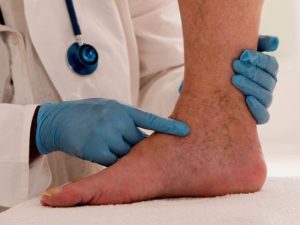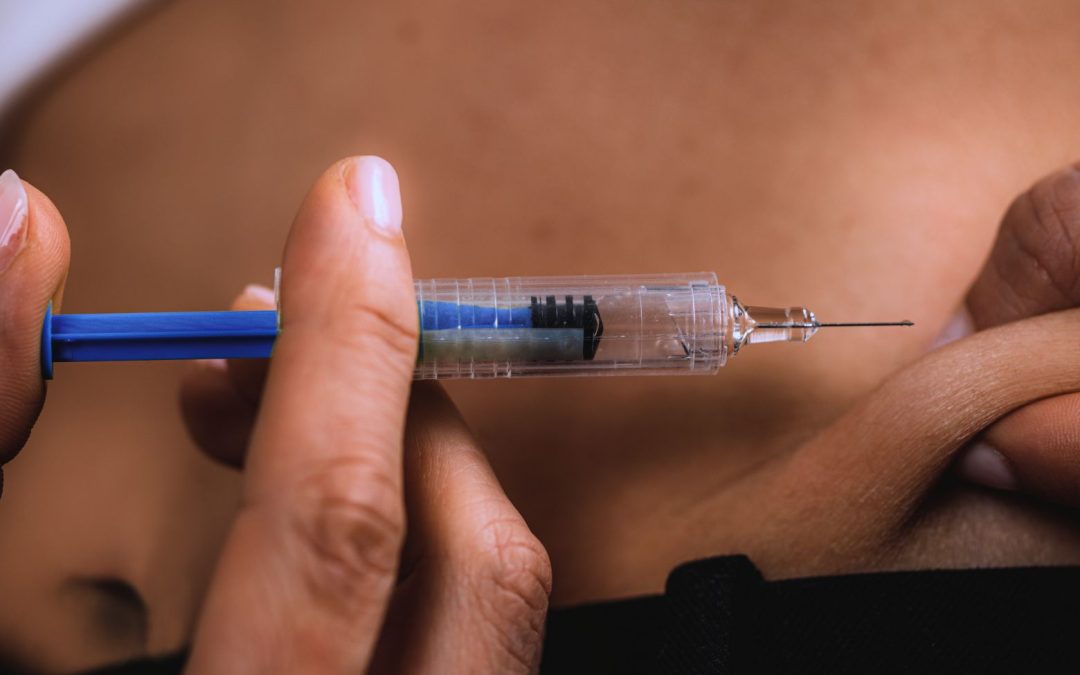Diuretics are the drugs that trigger salt and water excretion from your kidneys. It makes them essential agents in the treatment of edema, renal disease, and hypertension.
Here, we will review the mechanism of action and nursing processes of loop diuretics.
The loop diuretics have actions on the ascending limb of Henle. Among all diuretics, loop diuretics are most potent in mobilizing Na+ and Cl- from the body. Therefore, they produce abundant amounts of urine.
Like thiazides, loop diuretics are also sulfonamides. However, they do not show hypersensitivity reactions in patients having an allergy to sulfa antimicrobial drugs because they have structural differences in sulfonamide derivatives.
Examples of these drugs include:
- Bumetanide
- Furosemide
- Torsemide
- Ethacrynic acid
Amongst all loop diuretics, Furosemide is the most commonly used. However, the use of Torsemide and Bumetanide is increasing because they are potent and have better bioavailability. Ethacrynic acid is used infrequently because of its adverse effects.









